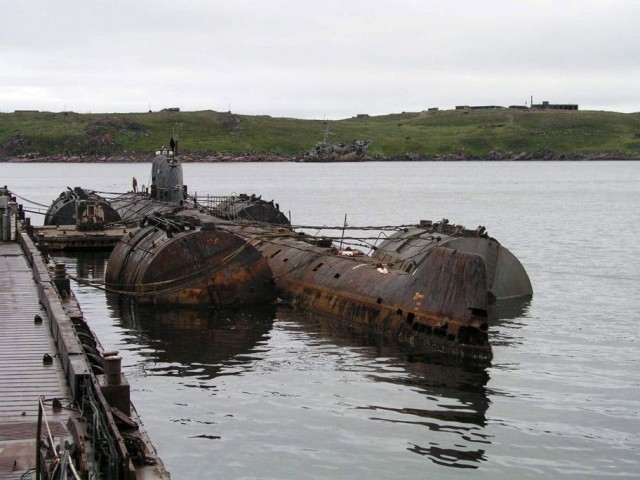
New Managing Director for Bellona Norway
The Board of the Bellona Foundation has appointed former Minister of Climate and the Environment Sveinung Rotevatn as Managing Director of Bellona No...
News
Publish date: September 16, 2005
News
Such a decision was made at the meeting of the managing Russian-German Committee in August, Interfax reported.
The initial agreement signed in 2003 stipulated September 2005 as the completion date for the first part of the facility in sayda bay. However, after geological research on the site, it turned out that the site is more complicated and therefore demands more work and money, Interfax reported referring to the source at the Nerpa shipyard.
The General director of the Murmanskmorstroy company Aleksey Kudrenko said to the local TV channel Murman, that 80 percent of the project is completed and complained about the nonregular payments, which go through St Petersburg company Mostostroy no.6, and the bigger volumes of work, not mentioned in the initial contract. He is afraid the completion date can be postponed.
The first part of the facility should accommodate from 30 to 40 reactor compartments. The whole facility, which is to enter service in 2008, should contain 120 compartments as well as the waste from the nuclear service ships. The second part stipulates construction of the additional foundation for the remaining reactor compartments and the waste. Germany allocated 300m euro for both parts of the project.
The 300m euro expenditure is seen by Germany as part of its obligation to the framework of the 10 plus 10 over 10 plan agreed upon by the Group of Eight industrialised nations, or G-8, in 2002 at the groups summit in Kananaskis, Canada. Under this agreement, seven of the G-8 member countries will contribute $10 billion toward solving nuclear dismantlement and security issues in Russia. A representative of the German Economics and Labour Ministry, who was interviewed by email by Bellona Web, confirmed that the 300m euro is just a start to what he said would be an overall 1.5 billion euro contribution within the 10 plus 10 over 10 framework. He added, though, that getting the current deal onto the table in a form that both sides could accept was no easy task. He refused to elaborate. He did say that the remaining 1.2 billion euro commitment would help finance other radioactive waste storage projects as well, though the government had not yet decided what its next project will be.

The Board of the Bellona Foundation has appointed former Minister of Climate and the Environment Sveinung Rotevatn as Managing Director of Bellona No...

Økokrim, Norway’s authority for investigating and prosecuting economic and environmental crime, has imposed a record fine on Equinor following a comp...

Our op-ed originally appeared in The Moscow Times. For more than three decades, Russia has been burdened with the remains of the Soviet ...

The United Nation’s COP30 global climate negotiations in Belém, Brazil ended this weekend with a watered-down resolution that failed to halt deforest...